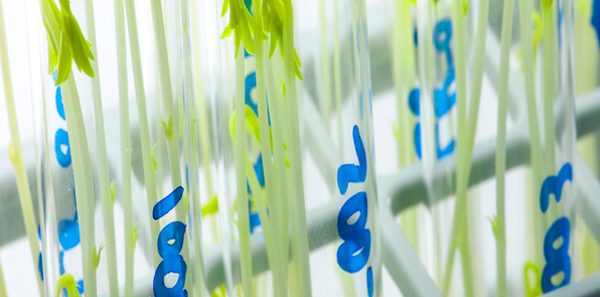
Transgenic foods are foods obtained through a genetically manipulated organism. From antiquity, mankind has been modifying plants to use as food by mixing lots of genes more or less at random. But modern biotechnology tries to insert a specific gene from another species into the target species in order to achieve a specific result. For example: to obtain plants that grow faster or are more resistant to insect pests; to achieve foods with a longer shelf life; to obtain plants that tolerate harsher environmental conditions such as drought or cold, etc.
The first food that was modified by genetic engineering for consumption was the Flavr Svr tomato. Next came transgenic soya and maize. The scope of genetic engineering applied to food is very broad. However, transgenic products arouse conflicting views. Some people are against genetic manipulation of foods because they believe such foods are harmful to human health. According to this group, the possible health risks associated with eating these foods have not been properly assessed.
In fact, althought it is true that transgenic foods can be grown at higher yields, promising to be a solution to hunger and malnutrition in developing countries, it is also true that science has still not established to what wxtent transgenic foods may or may not be good for health. This controversy is making many people avoid eating transgenic products.
The information published in this media neither substitutes nor complements in any way the direct supervision of a doctor, his diagnosis or the treatment that he may prescribe. It should also not be used for self-diagnosis.
The exclusive responsibility for the use of this service lies with the reader.
ASSSA advises you to always consult your doctor about any issue concerning your health.












